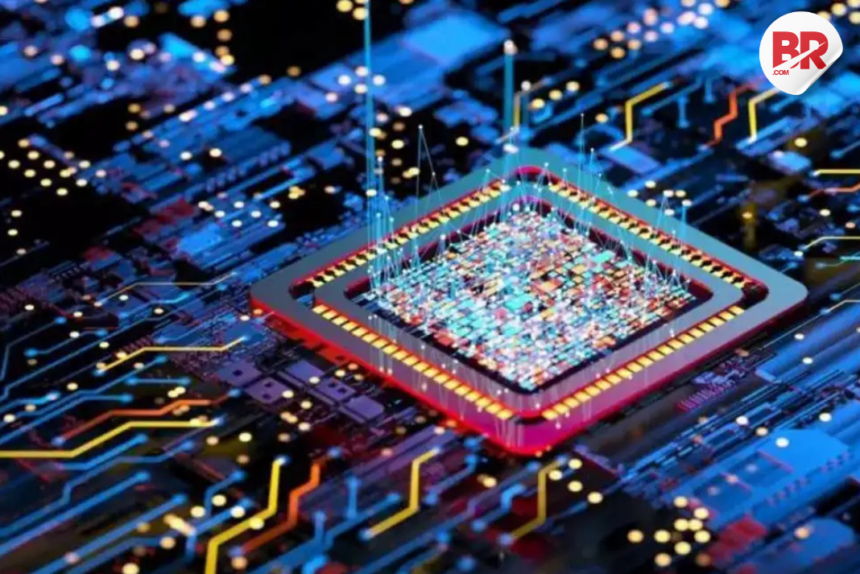
The Indian government has officially approved the HCL-Foxconn joint venture, a ₹3,706 crore project to build a semiconductor plant in Jewar, Uttar Pradesh.
This is not just another factory deal—it’s India planting its flag in the high-stakes world of chipmaking, a space long dominated by a few global players. The project is expected to start production by 2027 and will be India’s 6th semiconductor facility, according to Union Minister Ashwini Vaishnaw.

Why Jewar? Why now?
Because Jewar is no longer a dusty town on the map. With the Noida International Airport coming up, world-class roads, and a skilled young workforce nearby, it’s the perfect launchpad. UP isn’t just sending politicians to Delhi now—it’s sending tech. This isn’t just industrial development; it’s regional pride on the rise.
Also Read Surprising Impact of the HCL-Foxconn Semiconductor Plant in Jewar—Is India Ready?
HCL-Foxconn: More Than a Business Deal
This JV isn’t just about profits. It’s a statement. A Made-in-India semiconductor is no small feat. Right now, we import nearly all our chips—from Taiwan, China, or the US. One global disruption, and our industries choke. With this move, India is securing its tech future.
Here’s how:
- Reduces import dependency on critical chip components.
- Strengthens national security, especially for sectors like defence and telecom.
- Boosts Make in India by inviting more tech manufacturing.
- Upskills youth in advanced chip and design technologies.
- Attracts global investments, signaling confidence in India’s tech ecosystem.
2027: A Long Wait? Maybe. But Worth It.
Semiconductor fabs are not burger joints. They take time. Cleanrooms, laser tools, atom-level precision—this is rocket science, not jugaad. So yes, 2027 may feel far, but building a world-class chip plant takes time. And frankly, it’s time India started playing the long game.
India Rising, Byte by Byte
While the West debates China’s dominance in tech, India is busy building. Quietly. Steadily. Strategically. The HCL-Foxconn JV is a landmark moment. We’re no longer content with just being the world’s IT backend. We’re here to manufacture the brains behind every device.
This isn’t just business. This is Bharat 2.0—digitally driven, globally respected, and finally, self-reliant.
Also Read HAL Profit Dips Amid Aircraft Delays: What’s the Real Cost?












